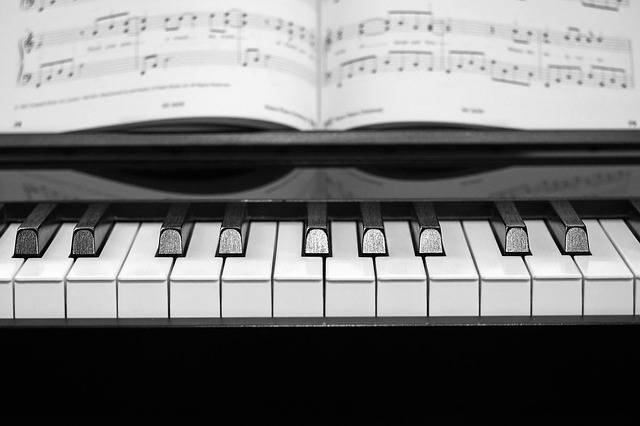Artificial intelligence (AI) has demonstrated remarkable capabilities in generating art, music, literature, and even innovative solutions to complex problems. From AI-generated paintings to automated music composition, machines are increasingly encroaching on what was once considered a uniquely human domain—creativity. But can AI be truly creative, or is it simply mimicking human ingenuity?

1. Understanding Creativity: Human vs. Machine
1.1 What is Creativity?
Creativity is often defined as the ability to generate original, novel, and valuable ideas. Human creativity is influenced by experiences, emotions, intuition, and cultural understanding. It involves:
- Divergent Thinking: Generating multiple unique ideas.
- Emotional Depth: Infusing art, music, or literature with personal meaning.
- Context Awareness: Understanding the broader significance of a creation.
1.2 How AI “Creates”
AI creativity is fundamentally different from human creativity. Machine learning models, such as deep learning and generative adversarial networks (GANs), analyze vast amounts of data, recognize patterns, and generate outputs that resemble human-created works. However, AI lacks:
- Intentionality: AI does not have personal motives, emotions, or self-awareness.
- True Originality: AI generates content based on learned patterns rather than from independent thought or inspiration.
- Understanding of Meaning: AI does not grasp the cultural or emotional significance of its creations.
2. AI in Creative Fields
2.1 AI-Generated Art
AI has produced impressive works of art, including paintings, digital designs, and sculptures.
- Example: In 2018, an AI-generated artwork titled Portrait of Edmond de Belamy sold for $432,500 at an auction. The AI used a dataset of historical paintings to generate a new composition.
- Limitations: AI lacks emotional intention or deeper narrative behind the artwork.
2.2 AI in Music Composition
AI can compose music in various styles, from classical symphonies to pop songs.
- Example: OpenAI’s MuseNet can generate compositions in the style of Beethoven, Mozart, or The Beatles.
- Limitations: AI-generated music may lack the emotional depth and improvisational qualities of human composers.
2.3 AI in Writing and Storytelling
AI-powered language models, like ChatGPT, can write poetry, short stories, and even screenplays.
- Example: AI-generated news articles and novels have been produced, with some passing as human-written.
- Limitations: AI struggles with deep narratives, complex character development, and genuine emotional storytelling.
2.4 AI in Design and Innovation
AI is used in graphic design, architecture, and product development.
- Example: AI-assisted tools like DALL·E create realistic images based on text prompts.
- Limitations: AI cannot fully replace human intuition in design choices that require cultural and emotional considerations.
3. Can AI Be Considered Truly Creative?
While AI can generate impressive and novel outputs, it does not possess:
✅ Self-awareness – AI does not create with purpose or personal expression.
✅ Emotional Connection – AI lacks the ability to feel or be inspired.
✅ Conscious Innovation – AI recombines existing ideas but does not generate ideas from lived experience.
Many argue that AI is not truly creative but rather an advanced tool that enhances human creativity by assisting in ideation, automation, and execution.
4. The Future of AI and Creativity
AI is not replacing human creativity but augmenting it. Future developments may lead to:
- AI as a Creative Partner: Humans and AI collaborating in art, music, and storytelling.
- AI-Powered Creative Tools: More advanced AI-generated content with deeper personalization.
- Ethical and Copyright Challenges: Who owns AI-generated work? The developer, the user, or the AI itself?
5. Conclusion
AI has made remarkable strides in creative fields, but it does not yet possess the human qualities of intent, emotion, and meaning. While AI can generate stunning works of art, compose music, and write stories, it is ultimately a tool that enhances and expands human creativity rather than replacing it.
Would you like to explore specific AI tools in creative industries or discuss how AI impacts a particular artistic field?